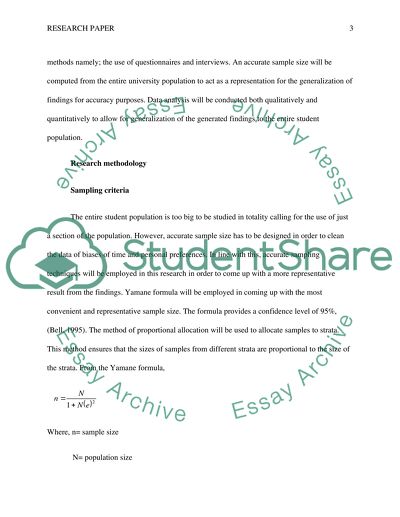Cite this document
(Use and Abuse of Licit and Illicit Substances Research Paper, n.d.)
Use and Abuse of Licit and Illicit Substances Research Paper. Retrieved from https://studentshare.org/social-science/1497054-small-scale-project
Use and Abuse of Licit and Illicit Substances Research Paper. Retrieved from https://studentshare.org/social-science/1497054-small-scale-project
(Use and Abuse of Licit and Illicit Substances Research Paper)
Use and Abuse of Licit and Illicit Substances Research Paper. https://studentshare.org/social-science/1497054-small-scale-project.
Use and Abuse of Licit and Illicit Substances Research Paper. https://studentshare.org/social-science/1497054-small-scale-project.
“Use and Abuse of Licit and Illicit Substances Research Paper”, n.d. https://studentshare.org/social-science/1497054-small-scale-project.


